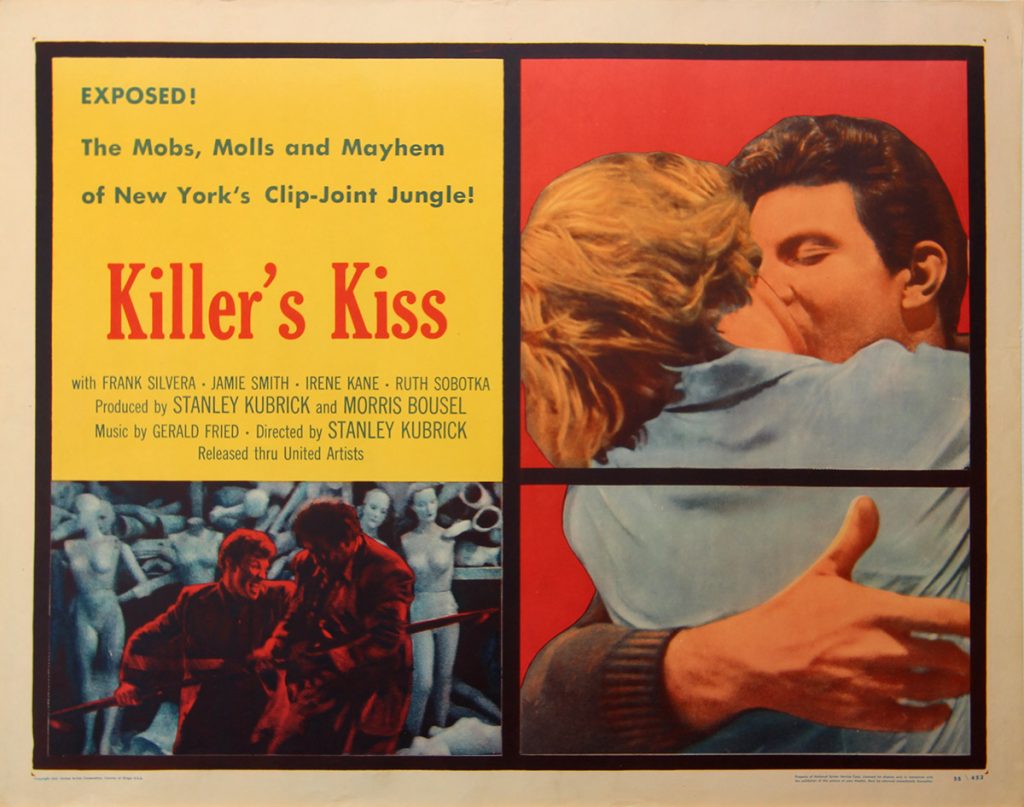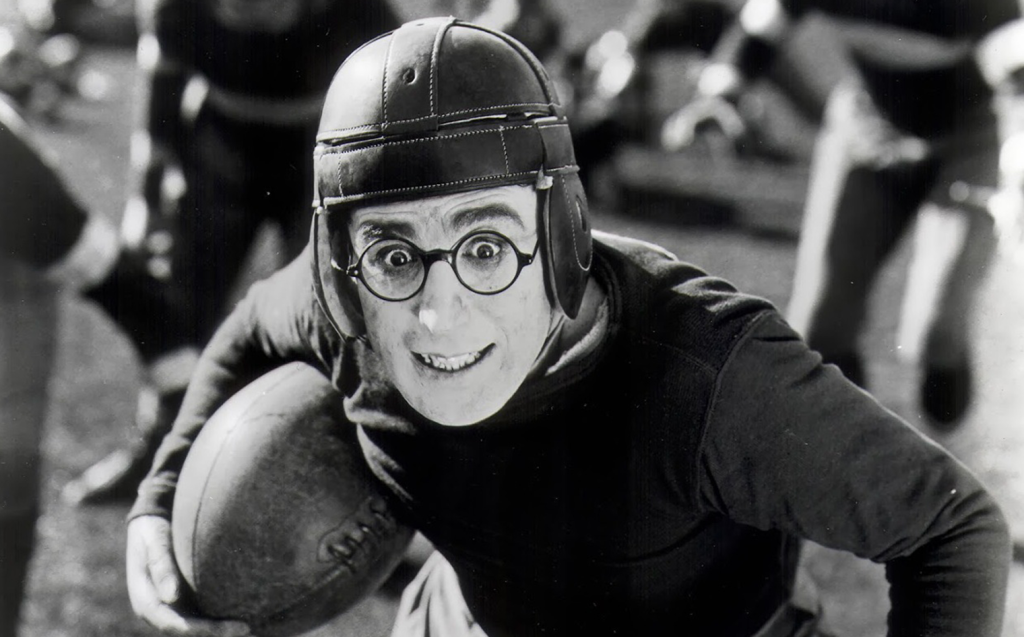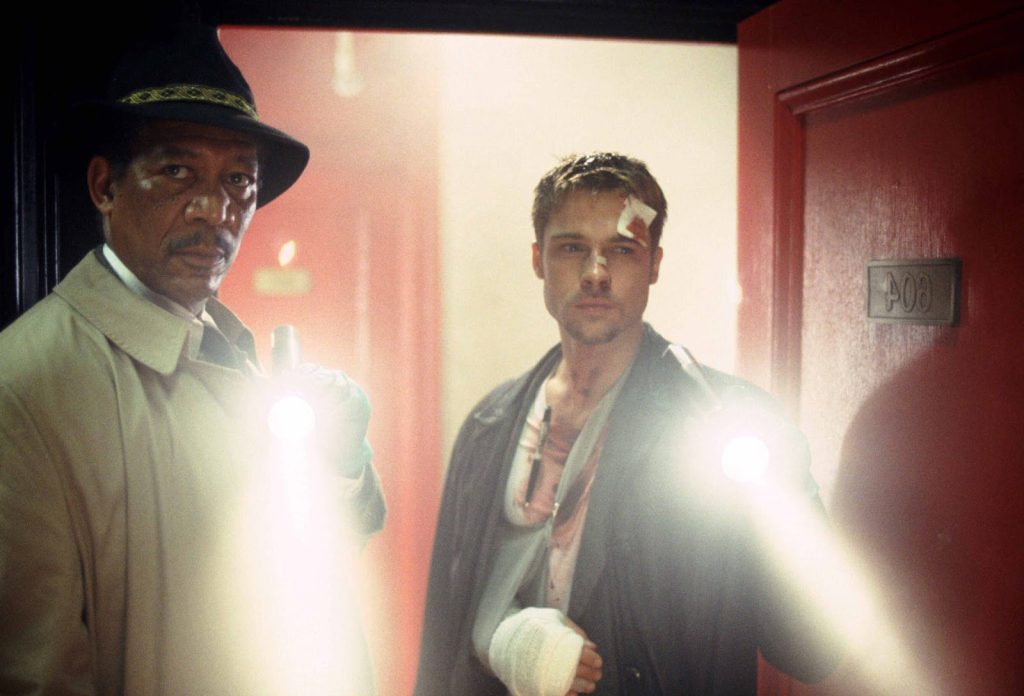We all know the story of the beauty and the beast – it is, one might even say, a tale as old as time. But the story of that story itself, the story OF Beauty and the Beast, is one of cultural homogenization and domination, of an entire generation that will forever associate Jeanne-Marie Leprince de Beaumont’s dark fairy tale of 1757 with the 1991 Disney animated adaptation – and not just that film, but the multiple exploitations and bastardizations that followed, from Broadway musicals and direct-to-video sequels and live action remakes to continuations homages in more subsequent Mouse House properties than one can name (Descendants, Once Upon a Time, High School Musical: The Musical: The Series, etc).
As a result, the current popular conception of Beauty and the Beast is that it is a children’s property, as soft and harmless and sexless and simple as that label implies. And that’s why, in this cultural landscape, it’s so shocking for the first-time viewer to stumble upon Jean Cocteau’s 1946 adaptation of the tale, La Belle et la Bête, which conjures up a world of darkness, dread, and sensuality unimaginable within the connotations of the story today.
“Children believe what we tell them. They have complete faith in us.” So begins the faux-handwritten rolling text that opens the film, and to which Cocteau literally signs his name – a kind of direct address, from artist to audience, that’s disarming in its ingeniousness. His approach was unusual, telling a story of fantastic beasts and fairy tale princesses in a relatively realistic manner; at least, it was in contrast to the already ubiquitous Disney style, which assumed such stories must be hand-drawn and aimed squarely at the rugrats. Previous attempts at live-action fairy tales had suffered from the sheer difficulty of creating a fantasy world on a nuts-and-bolts soundstage (exhibit A: Norman Z. McLeod’s all-star, borderline-surrealistic 1933 take on Alice in Wonderland).
It was a big ask for his audience – a post-war audience, keep in mind, so one that was all too anchored in cinematic reality and naturalism (the year’s most commercially successful film, and the winner of that year’s Oscar for best picture, was the PTSD melodrama The Best Years of Our Lives). So Cocteau made his pitch plain: “I ask of you a little of this childlike simplicity, and, to bring us luck, let me speak four true magic words, childhood’s ‘open sesame’: Once upon a time.” And so he begins.
The story, in its rough outlines, is the same: we have Belle (Josette Day) and her eccentric father (Marcel André) and the big galoot who wants to marry her (Jean Marais), and her father’s wayward journey through the deep dark woods that lands him, unexpectedly, at the castle of the Beast. (Said Beast is also played by Marais, underneath heavy make-up, and exquisite character design that makes him seem either vulnerable or horrifying, depending on his body language and the burning intensity of his eyes.)

His feast at the Beast’s castle is both terrifying and beautiful, a dual act that gets plenty of play throughout the picture. But that implies that Cocteau is only working in two modes here; what’s most striking about La Belle et la Bête is what an all-around entertainment it is, with fantasy, romance, adventure, familial drama, and even horror. Much of this will come as a surprise to viewers who’ve come to the story via Disney (most, at this point); there are additional characters (like Belle’s brother) and story threads that take this well-worn narrative into all sorts of other directions, into strange nooks and crannies and off on unexpected flights of fancy (literally, at the end).
But what’s most astonishing about the picture, from that vantage point at least, is its eroticism. The scene in which Beast tells Belle that he’s thirsty (I mean) and she commands him to drink from her hands is a scorcher, as is the exchange that follows:
“It doesn’t repulse you when I drink from your hands?”
“No, Beast. I like it.”
Elsewhere, when he worries that his looks and demeanor may have frightened her, she replies, “I don’t mind being frightened… with you.” It’s a little kinky! None of this is meant to imply that Cocteau went off and made a 1940s furry fantasy, but to underscore that as far as the lush romanticism of the story goes, La Belle et la Bête sees that idea in all of its intricacies and iterations. The intensity of those feelings, and how they’re manifested on screen, were carried over in the picture’s most direct descendant on our shores: the late-’80s network drama version of Beauty and the Beast, with muscle-y action heroes Linda Hamilton and Ron Perlman in the title roles, the latter in character make-up clearly inspired by the Cocteau film. Viewers gigglingly confessed to finding the Beast sexy, in spite of (because of?) his lion-like appearance, and the longing and love that made that show such a hit with the romance-novel set are very much present here (mostly notably in the genuine pain, and feeling of betrayal, that overtakes the Beast when Belle doesn’t return).
Above all else, the filmmaking is extraordinary. It’s a genuinely gorgeous movie, the luminous black and white photography lingering lovingly over the (deceptively makeshift) settings, and Cocteau’s blocking and composition are sort of astonishing. Watching him place and move his camera in these spaces, it’s like you can feel him crafting an entire cinematic language – a new way of thinking, seeing, and dramatizing. And, bonus, no one sings.
“La Belle et la Bête” is streaming on the Criterion Channel and HBO Max.



